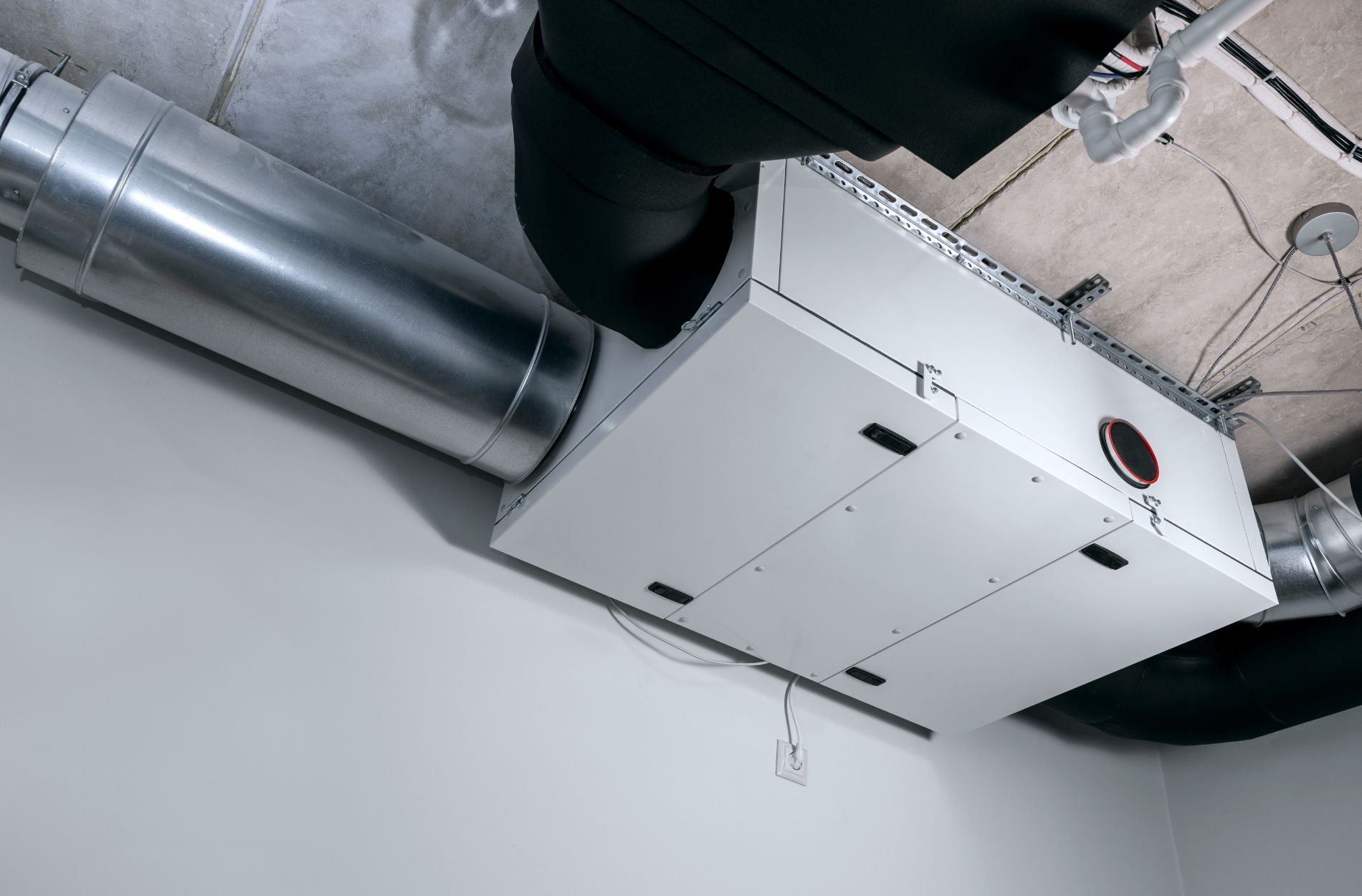Indoor air quality plays a crucial role in maintaining the comfort and well-being of occupants in residential, commercial, and new construction spaces. With airtight building designs aimed at improving energy efficiency, inadequate ventilation is becoming an increasingly common issue, leading to the accumulation of pollutants, humidity imbalances, and other factors that impact indoor air quality. Energy recovery ventilation (ERV) systems offer an innovative solution by providing fresh, clean air while preserving energy efficiency and reducing utility costs.
Delve into the workings of ERV systems, their benefits in conserving energy and improving indoor air quality, and tips for choosing the right system for your needs. Furthermore, gain insights on proper installation and maintenance practices from All Around Mechanical for ERV systems, ensuring peak performance and longevity.
How Energy Recovery Ventilation Systems Work
Energy recovery ventilation (ERV) systems work to improve indoor air quality by continuously circulating fresh outdoor air into the building while simultaneously expelling stale indoor air. The innovative technology of ERV systems allows them to transfer heat and humidity between incoming and outgoing airstreams, maintaining a balanced indoor environment. This process helps minimize energy loss, resulting in more efficient heating and cooling and reduced energy costs.
ERV systems consist of two main components: a ventilation unit and accompanying ductwork that facilitates airflow between indoor and outdoor spaces. Fresh air is drawn into the system, and heat and moisture are transferred from the outgoing indoor air to the incoming outdoor air in the winter months. In the summer, the process is reversed, with warm, humid outdoor air being tempered by cooler, drier indoor air. This heat exchange process ensures optimal comfort and energy efficiency throughout the year.
Advantages of Energy Recovery Ventilation Systems
ERV systems offer an array of advantages in maintaining healthy indoor air quality while conserving energy and resources. Some key benefits include:
- Improved Indoor Air Quality: By continuously circulating fresh outdoor air and removing stale indoor air, ERV systems help reduce pollutants, allergens, and odors, creating a healthier indoor environment.
- Energy Efficiency: ERV systems minimize energy loss during the ventilation process, leading to reduced heating and cooling costs and a lower carbon footprint.
- Humidity Regulation: The heat and humidity transfer process in ERV systems helps maintain balanced indoor humidity levels, preventing excessive dampness or dryness that can impact comfort and cause health issues.
- Enhanced Comfort: ERV systems help maintain a comfortable indoor environment by ensuring optimal temperature and humidity levels in homes, businesses, and new construction projects.
Choosing the Right ERV System
When selecting an ERV system, consider the following factors:
- Size and Capacity: The size and capacity of the ERV system should be suited to your space’s needs, ensuring adequate ventilation and optimal performance.
- System Efficiency: Opt for an ERV system with a higher efficiency rating, ensuring that the unit effectively exchanges heat and moisture between incoming and outgoing air streams.
- Installation Requirements: Evaluate the compatibility of the ERV system with your existing or planned HVAC system and the ease of integrating it into your space.
- Maintenance Needs: Choose an ERV system that offers accessible components and straightforward maintenance procedures to ensure longevity and sustained performance.
Our professionals can provide expert guidance on selecting the ideal ERV system tailored to the unique requirements of your residential, commercial, or new construction setting.
Proper Installation and Maintenance of ERV Systems
To achieve peak performance and longevity from your ERV system, it’s essential to adhere to installation and maintenance guidelines. Our skilled technicians at All Around Mechanical recommend the following best practices:
- Professional Installation: For accurate and reliable ERV system installation, trust our experienced technicians, who can ensure proper integration with your existing or planned HVAC system.
- Regular Inspections: Schedule periodic inspections of your ERV system with our professionals to ensure optimal functionality and performance.
- Cleaning and Maintenance: Following the manufacturer’s recommendations and guidelines, clean and maintain your ERV system, including filters, heat exchangers, and vents, to maximize efficiency and lifespan.
- Address Issues Promptly: Should any issues or malfunctions arise with your ERV system, contact our experienced technicians immediately to diagnose and resolve the problem, preventing further complications and potential damage.
Conclusion
Energy recovery ventilation systems are an innovative solution for maintaining healthy indoor air quality while conserving energy and reducing costs in residential, commercial, and new construction settings. With our commitment to delivering high-quality HVAC solutions and exceptional customer service, you can be confident in your decision to invest in an ERV system.
As a trustworthy HVAC contractor in Prairie, WA, All Around Mechanical is committed to delivering top-tier HVAC solutions that cater to the unique needs of our clients. Our experienced technicians are adept at recommending and implementing ERV systems to address ventilation challenges in residential, commercial, and new construction settings. Experience improved indoor air quality, comfort, and energy efficiency for years to come with the expert support and guidance of our skilled professionals. Contact us today to schedule an appointment!








